Most youngsters can tell you that leap day happens once every 4 years (excluding the turn of each century) to make up for “lost time” in our calendar. Since our calendar is solar, we assign a date to each solar day. We also assign a year to each revolution of the Earth around the sun. The problem is, the actual length of a year, so defined, is not divisible by the length of a day, so defined. In fact a year is about equal to 365.25 days. So, most years we round down to the nearest day. Sounds fine, right? Why not leave it at that and forget this leap day nonsense all together?
Well, if we didn’t have leap day, our calendar would gradually slip behind the changing of the seasons and the observance of the holidays at a rate of about 1 day every 4 years. That means that if we went 100 years without any leap days, Christmas would be in January instead of December. If we went 700 years without any leap days, Christmas would be in June. Oh, the horror!
Okay, why don’t we dispense of leap day and instead, insert an extra quarter-day (6 hours) into EVERY calendar year? This would keep our holidays in the correct months, but it would create a similar problem with out solar days. Right now, we follow a medieval Christian tradition so that each day begins at midnight and lasts for exactly 24 hours. If we added a quarter day to each year, though, the measurement of days would be thrown off by 6 hours every year. For example, if in 1980 January 1 began at 12 midnight, then in 1981, January 1 would begin at 6:00 A.M.; in 1982 it would begin at 12:00 noon; and in 1983 it would begin at 6:00 P.M., and that would make for some really lousy New Year’s parties. (Among other, more significant lousiness.)
Some cultures don’t seem to care about their months wandering all over the season, like we do. Let’s look at the Islamic calendar, a lovely example of a lunar calendar. The months of a lunar calendar are the length of one lunar cycle (about 29 days) and therefore, the calendar is approximately 11 days shorter than our solar calendar. The Arabian calendar on which the Islamic calendar is modeled used an intercalary month (a leap month!) to remedy this discrepancy, but intercalary months are
forbidden in the Koran and so the modern Islamic calendar falls 11 days behind ours every year. And no one seems to mind that the holidays move through the seasons without settling on a single spot in the solar year.

The Solar calendar that we use today, and the Islamic calendar, are two of the newest calendars around, though, and it is important to note that calendars become more mathematically simple the newer they are. If we go a little ways back in time, we discover that keeping track of the date used to be far more confusing than it is today.
It is not necessary to commit to following either a solar calendar or a lunar one. The Hebrew calendar, which has been in use for almost 6,000 years (give or take a few,
165 years from way back are, well, unaccounted for) is luni-solar. Like the Islamic calendar, the months are lunar. However, the framers of the Hebrew calendar were very concerned that the holidays correspond with specific seasonal changes, and so a system on intercalary months was designed to prevent that pesky loss of 11 days per year. Unfortunately, those leap months can be hard to keep track of. Our Solar calendar has a 4-year cycle, in which 3 years are standard and one is a “leap” year. The Hebrew calendar has a 19-year cycle, in which 12 of the years have 12 lunar months, and 7 of them have 13. So for every 19 years, there are 7 leap months. Wow! Convoluted!

What’s that? You would like to know of an even more elaborate method to keep track of the date? Well, we can go even farther back in time to Meso-America and there we find that the Mayans and Aztecs, among others, maintained at least TWO calendars: a 365-day solar calendar, and a 260-day calendar, derived either from numerology, the length of human gestation, or the interval between solar zeniths at Chiapas. Having two calendars creates a “calendar round” which is the length of the lowest common multiple of the number of days in each calendar. These two cycles, known to have been used by the Meso-Americans, align once every 52 solar years, or every 73 “gestation” years, and this alignment yielded 18,980 unique days for each “calendar round,” as the period was called. Since the average Mayan life expectancy back then was less than 52 years, years and calendar round were not numbered. Instead dates were recorded by their unique location within the calendar round. Meso-Americans are known now to have been excellent astronomers, but interestingly, there is no evidence that they ever availed themselves of intercalary days or months for the purposes of keeping their months and seasons consistent. It appears that while the Meso-Americans were aware of the discrepancy, they chose not to correct it, at least, not in their solar calendar.
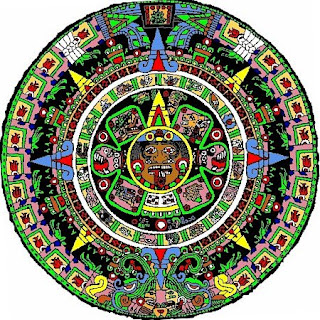
Confusing enough for you?
While the math-y part of me loves that there have been and still are diverse systems of measurement that require many subtle mathematical operations to synchronize, the rest of me (some call this “the lazy part”) is relieved that the modern world has the International Organization for Standardization, which gives us an easy way to indicate dates within the Solar year with their Ordinal Dates. This system dispenses entirely with months (Accept it! Months are arbitrary vestiges of the lunar calendars we used ages ago!) and instead assigns an ordinal number to each date. In other words, instead of writing today’s date as 2008-03-05, I would write 2008-065, to indicate that today is the 65th day of the year 2008, and a system of dates that only requires two numbers is, after all this time, a relief.
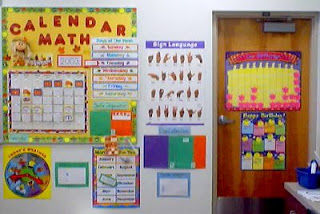 The mathematics of dates is deceptively straightforward and should be approached with caution, as many of us might have noticed last week when an intercalary day was observed in our solar calendar. Why did we have an extra day again?
The mathematics of dates is deceptively straightforward and should be approached with caution, as many of us might have noticed last week when an intercalary day was observed in our solar calendar. Why did we have an extra day again?


 Confusing enough for you?
Confusing enough for you?




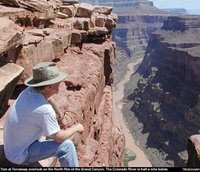
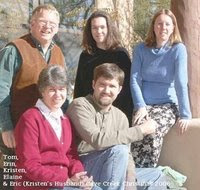
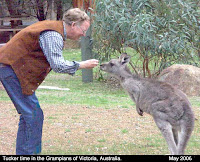
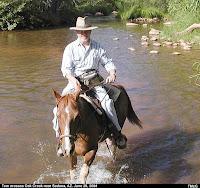

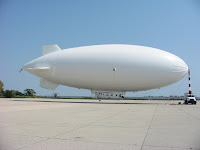
Neat. I'm a luni-solar man, myself. Or rather, I have a personal calendar that doesn't correspond to anything but the seasons (hence my "year" consists of four "days," each with a different temperature). But it is reiterated to me time and time again that my personal calendar must remain personal, and that I should not attempt to make any plans with other people using my personal calendar. Rats!